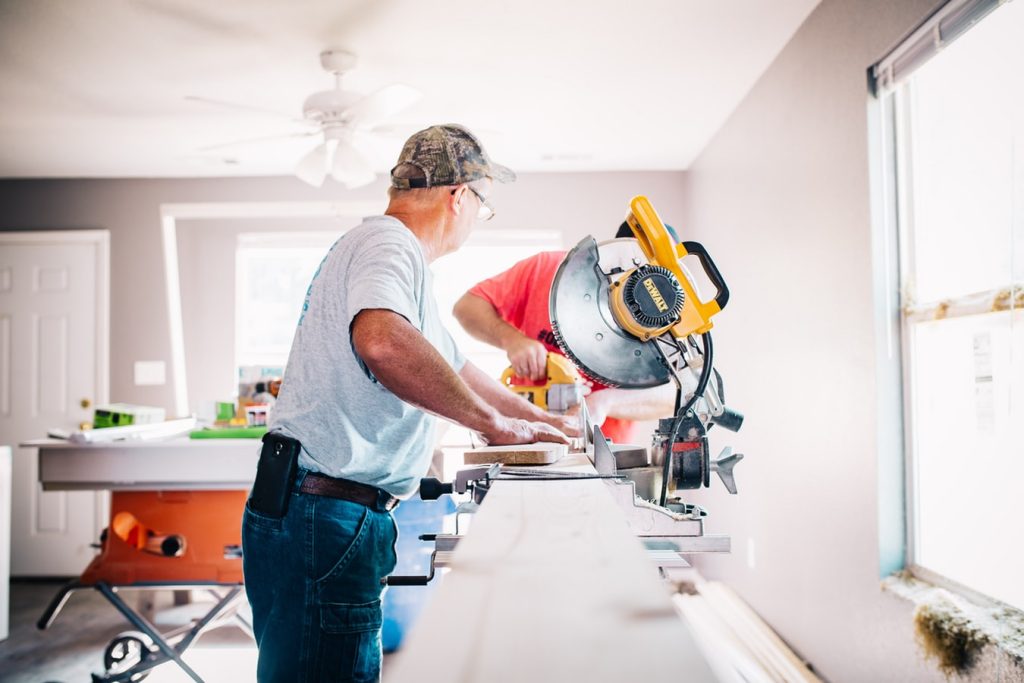Americans have sharply increased their spending on home renovation projects since 2019, which could stem from the cost of new housing, the fluctuation of mortgage rates and the general impact that inflation has had on the economy, according to a report from the Urban Institute.
The organization’s Housing Finance Policy Center (HFPC) recently released the latest issue of its monthly “Housing Finance at a Glance” report, detailing the ways in which renovation behavior has evolved over the past few years.
Home renovation spending is generally most common around the point of a sale transaction, whether it’s a seller aiming to spruce up a home before listing or a buyer making an additional investment in home improvements.
“But improvements can also alter a home’s functionality,” the report explains. “In response to the pandemic, homeowners added an additional room for an office. And amid higher interest rates, homeowners may renovate their home instead of purchasing a new one.”
Common ways to finance such projects tend to be mortgage refinances or home equity loans, the report says, but that does not always bear out in the data.
“[T]his source of financing is more prominent for larger projects,” the report reads. “Although cash is used in the majority of both less expensive and more expensive projects, it accounts for a significantly greater share of less expensive projects. In addition, the use of credit cards or retail store charge cards is also a significantly greater share of less expensive projects than more expensive ones.”
But a major factor in what financing is used is when the homeowner actually moved into their home, the report says, with greater differences emerging based on the price of the home itself. It actually shows that between newer and more established homebuyers, the likelihood of using home equity to finance renovations changes.
“The 2021 American Housing Survey shows that among less expensive projects, more than 80% of new homebuyers and non-new homebuyers use cash from savings,” the report reads. “But new homebuyers are slightly more likely to use cash and credit cards. In contrast, non-new homeowners are likely to refinance or take out a home equity loans as well as to use some other financing option.”
Lower levels of new construction in the years following the 2007-08 financial crisis have led to an increase of older homes on the market. While the U.S. Department of Housing and Urban Development (HUD) and the government-sponsored enterprises offer home improvement loan programs, their effectiveness is limited by “structural issues,” the report says.
“[A]ddressing the structural challenges of home improvement loan programs would be helpful,” the report says. “For new homebuyers who haven’t built additional equity beyond their down payment, home improvement loans could reduce the reliance on higher interest credit cards. For non-recent homebuyers, home improvement loans could provide additional funds toward a renovation.”
Read the full article here














